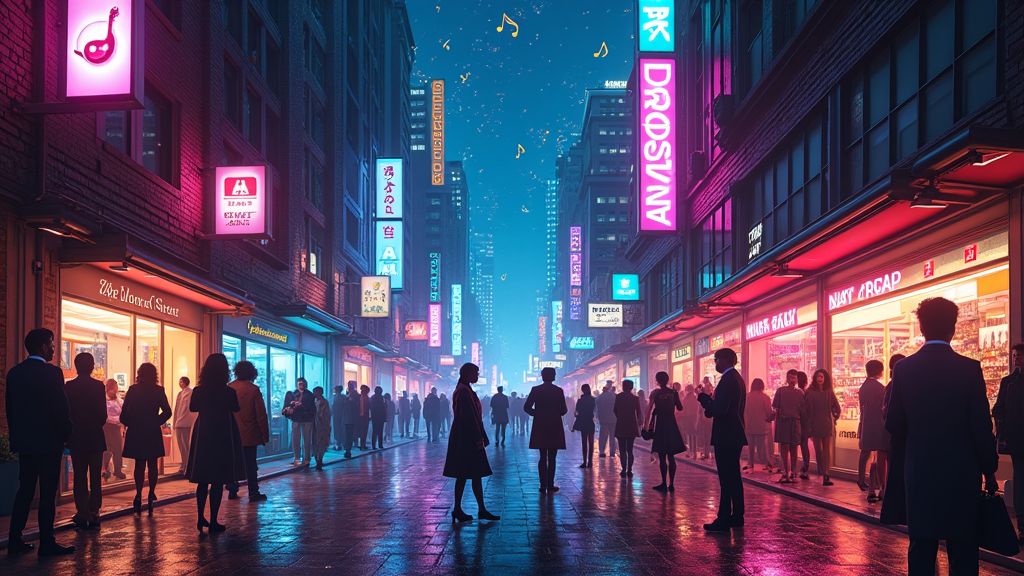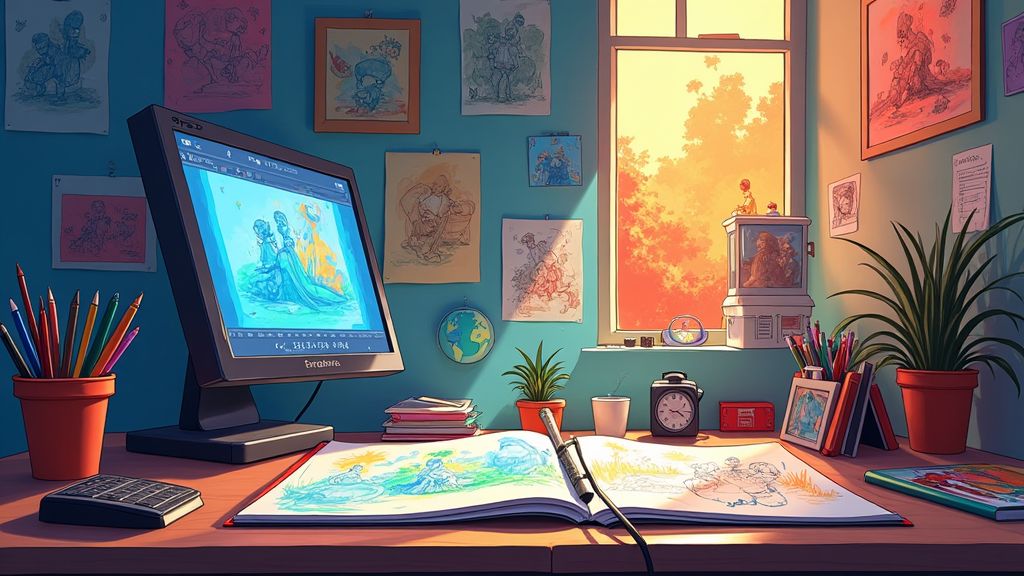The Role of Visual Effects in Enhancing Storytelling
When you sit down to watch a movie or TV show, chances are you’re drawn into the story not just by the actors or the plot, but also by the dazzling visual effects that bring the fictional world to life. Visual effects have become an integral part of modern storytelling, enhancing the narrative and capturing the audience’s imagination in ways never thought possible. From the early days of cinema to the cutting-edge technology of today, visual effects have played a crucial role in shaping the way stories are told on screen.
Evolution of Visual Effects in Cinema
The use of visual effects in cinema dates back to the late 19th century, with the pioneering work of filmmakers like Georges Méliès who used practical effects and hand-painted film to create fantastical worlds. The advent of computer-generated imagery (CGI) in the 1980s revolutionized the industry, allowing filmmakers to create stunning visual effects that were previously impossible. Blockbuster films like Jurassic Park (1993) and The Matrix (1999) showcased the power of CGI in creating realistic creatures and mind-bending worlds.
The Impact of Visual Effects on Storytelling
Visual effects serve as a powerful storytelling tool, offering filmmakers the ability to transport audiences to new and exciting worlds, evoke emotions, and enhance the overall viewing experience. Whether it’s creating larger-than-life creatures, epic battle scenes, or breathtaking landscapes, visual effects have the unique ability to turn the impossible into reality and captivate audiences of all ages. Without visual effects, many iconic scenes in cinema history would not have been possible, leaving a significant gap in the storytelling process.
Challenges and Innovations in Visual Effects
Despite the advancements in technology, creating seamless visual effects is no easy feat. It requires a delicate balance of artistry and technical expertise to ensure that the effects blend seamlessly with the live-action footage. Visual effects artists work tirelessly behind the scenes, pushing the boundaries of what is possible to deliver jaw-dropping visuals that enhance the storytelling experience. From motion capture and green screen technology to 3D rendering and compositing, visual effects continue to evolve as filmmakers strive to create ever more immersive and realistic worlds.
Influence of Visual Effects on Pop Culture
Visual effects have a profound influence on pop culture, shaping iconic moments and characters that leave lasting impressions on audiences. From the lightsaber battles of Star Wars to the spellbinding magic of Harry Potter, these effects create memorable experiences that resonate with fans and become part of the cultural fabric. Visual effects allow filmmakers to craft scenes that define entire franchises, contributing to the broader pop culture landscape and inspiring everything from merchandise to fan art and cosplay.
Trends in Visual Effects
As technology evolves, new trends in visual effects continue to emerge, shaping the way films are made and consumed. The rise of de-aging technology, seen in films like The Irishman, and deepfake tools are pushing the boundaries of realism. Audiences are increasingly drawn to hyper-realistic effects, whether it’s lifelike CGI or intricate virtual environments. These trends reflect a growing demand for immersive experiences, influencing not only cinema but also gaming, virtual reality, and even social media filters.
Visual Effects and Audience Expectations
Modern audiences have come to expect high-quality visual effects, especially in blockbuster films. This expectation puts pressure on studios to deliver top-tier effects that are both realistic and innovative. A film’s visual quality can significantly impact its reception; lackluster effects can lead to negative reviews, while groundbreaking effects can captivate audiences and set a new standard. As visual effects become more integral to storytelling, the stakes continue to rise, making it a key factor in a film’s success within pop culture.
The Role of Visual Effects in Genre Expansion
Visual effects have enabled the expansion of film genres, particularly in science fiction, fantasy, and superhero movies. These effects allow filmmakers to create worlds, characters, and scenarios that would be impossible through traditional filming techniques. As a result, genres that rely heavily on imaginative storytelling, such as sci-fi and fantasy, have seen a resurgence, with visual effects making complex stories more accessible and believable to mainstream audiences, further embedding these genres into popular culture.
The Future of Visual Effects in Cinema
Looking forward, the future of visual effects in cinema is set to become even more immersive with the development of virtual reality, augmented reality, and real-time rendering technology. These advancements are paving the way for a new era in filmmaking, where audiences may one day experience films from within, exploring scenes from a first-person perspective. As these technologies continue to mature, visual effects will not only transform how stories are told but may redefine the cinematic experience itself, making it an exciting frontier for filmmakers and fans alike.













